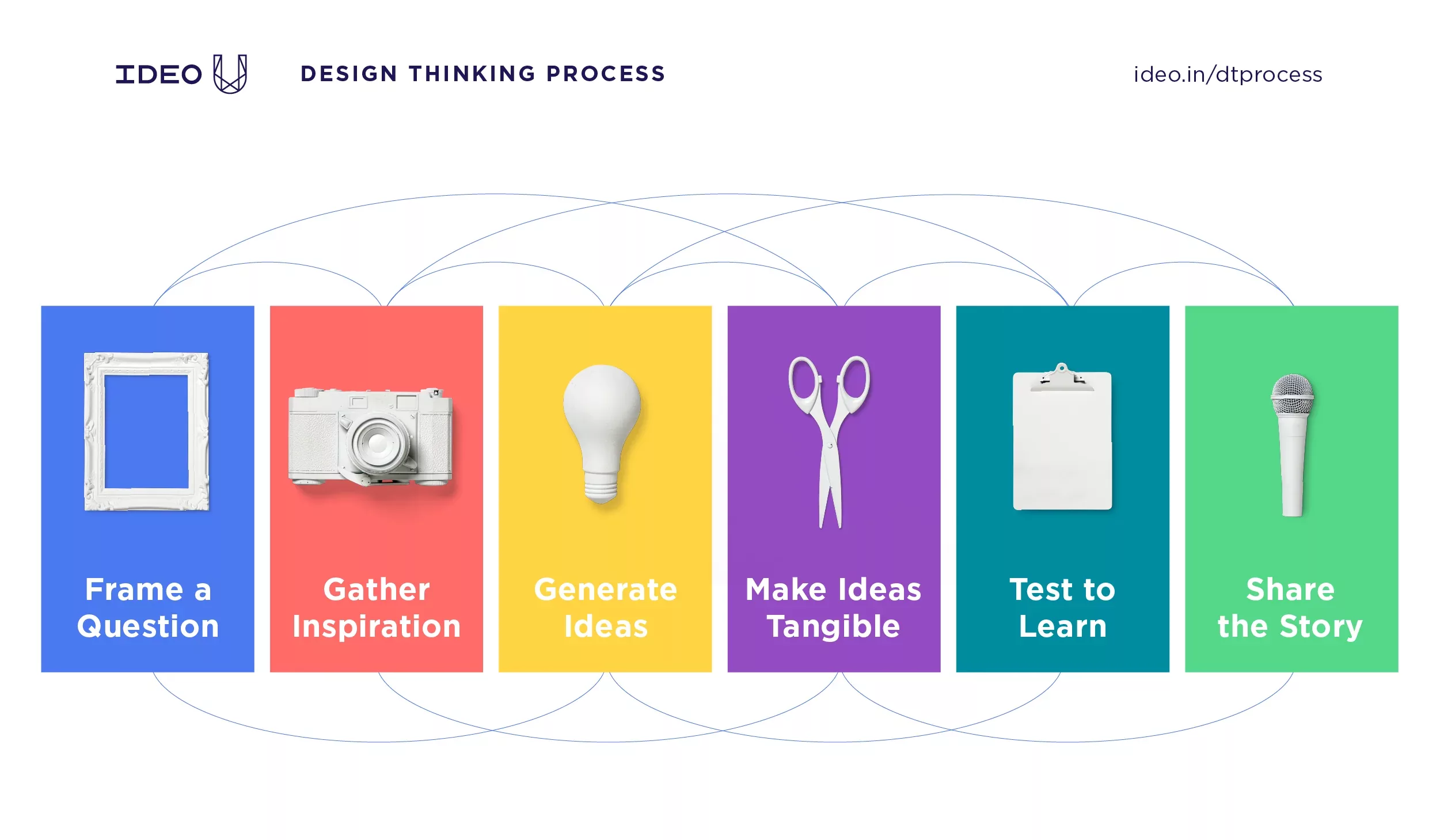What is IDEO's design thinking process?
An iterative innovation model that has six steps: frame a question, gather inspiration, generate ideas, make ideas tangible, test to learn and share the story.
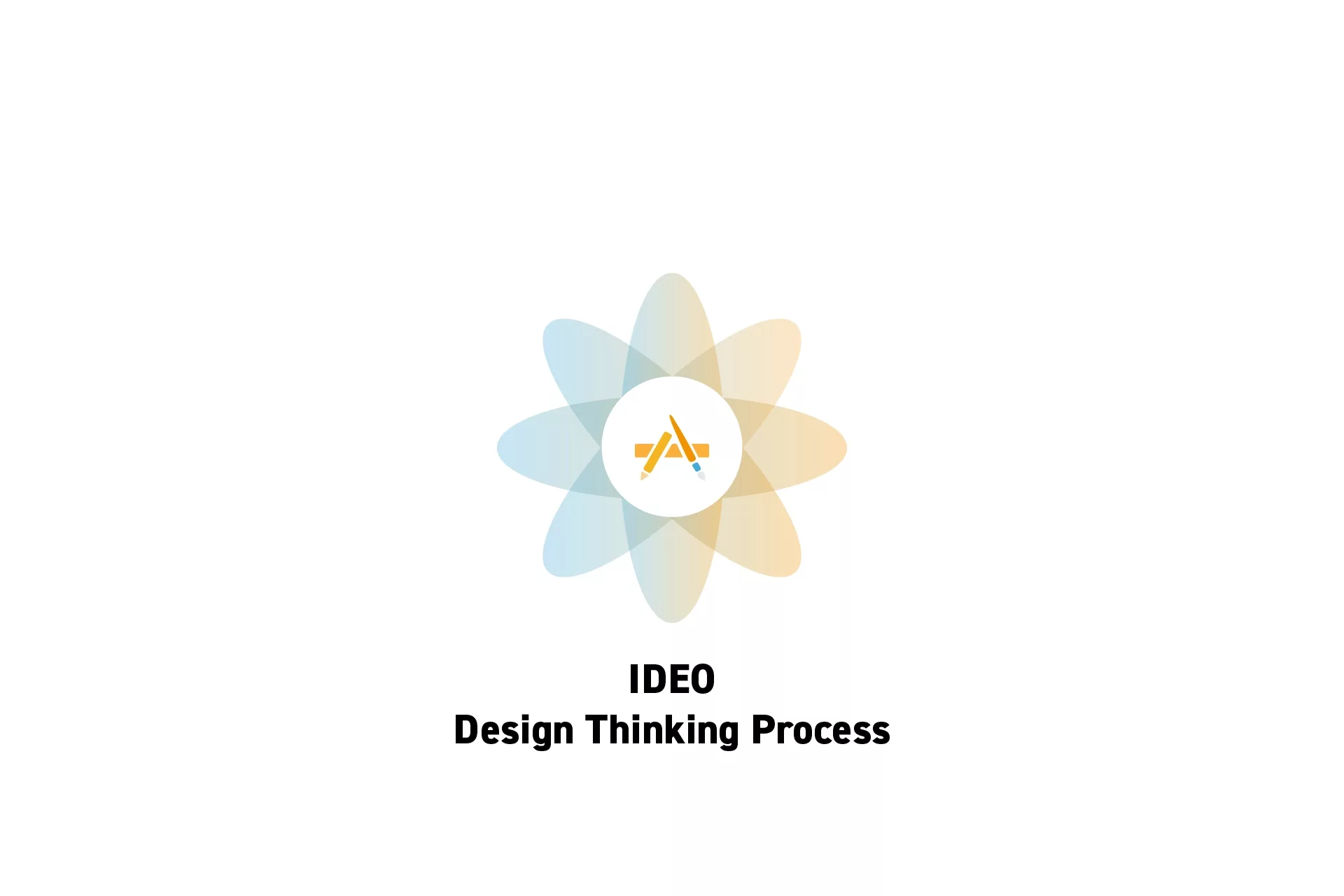
An iterative innovation model that has six steps: frame a question, gather inspiration, generate ideas, make ideas tangible, test to learn and share the story.
SubscribeDesign thinking is a century old practice that was popularized by Tim Brown, CEO and President of IDEO, after he published an article in the Harvard Business Review and is an iterative process centered around understanding users, challenging assumptions, refining problems with the purpose of creating innovative solutions.
IDEO breaks up their design thinking process into six phases: frame a question, gather inspiration, generate ideas, make ideas tangible, test to learn and share the story.
In each of these phases a company, team or individual can move forward or backwards across any of the stages in order to produce a meaningful outcome for the target audience.
IDEO's Design Thinking Process's six phases can be described as follows.
Frame a Question
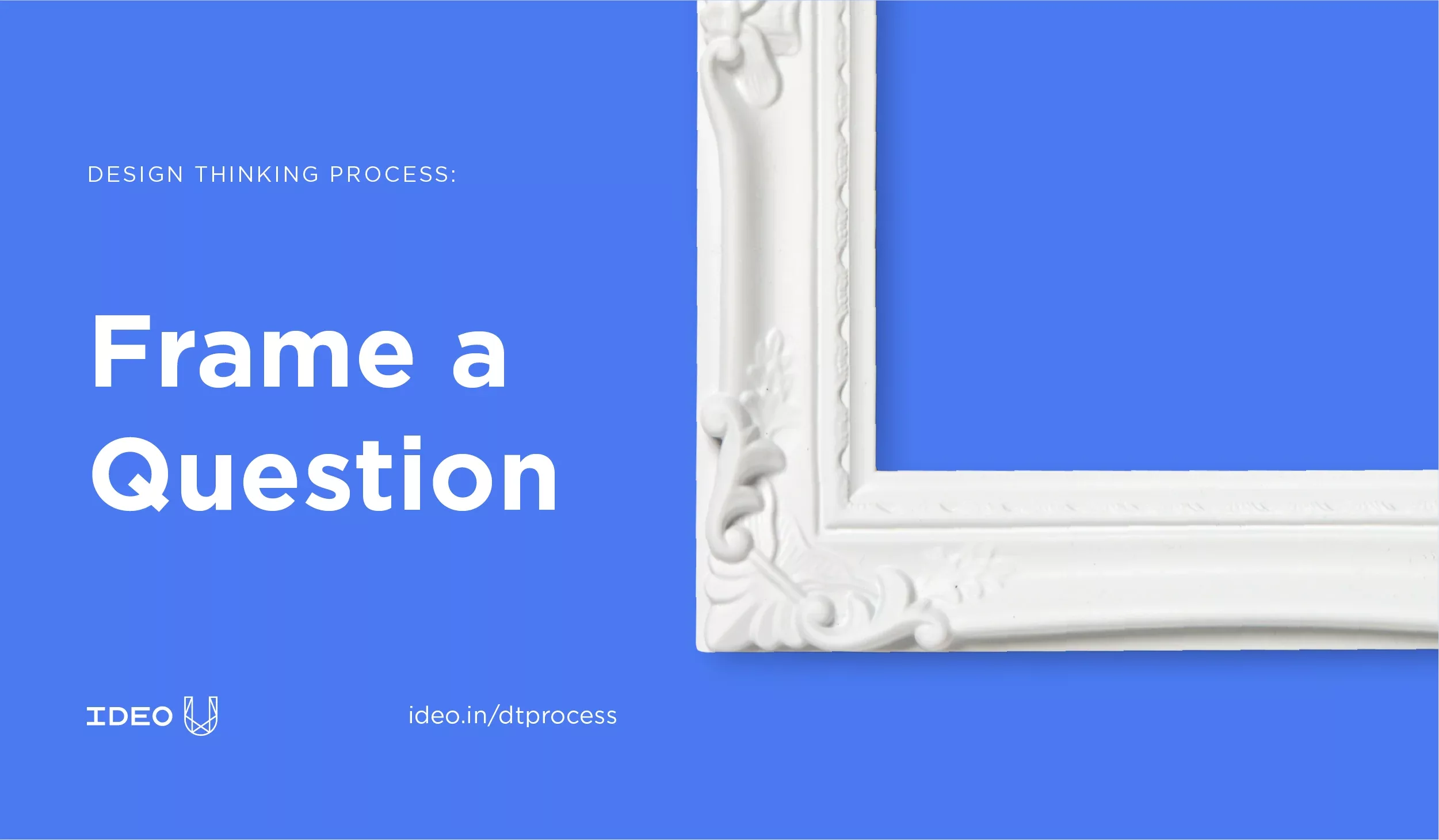
IDEO believes that it critical to determine the question that you're asking before jumping to a solution.
We suggest that you do this via a hypothesis, whilst IDEO suggests you do this by leading through questions.
Gather Inspiration
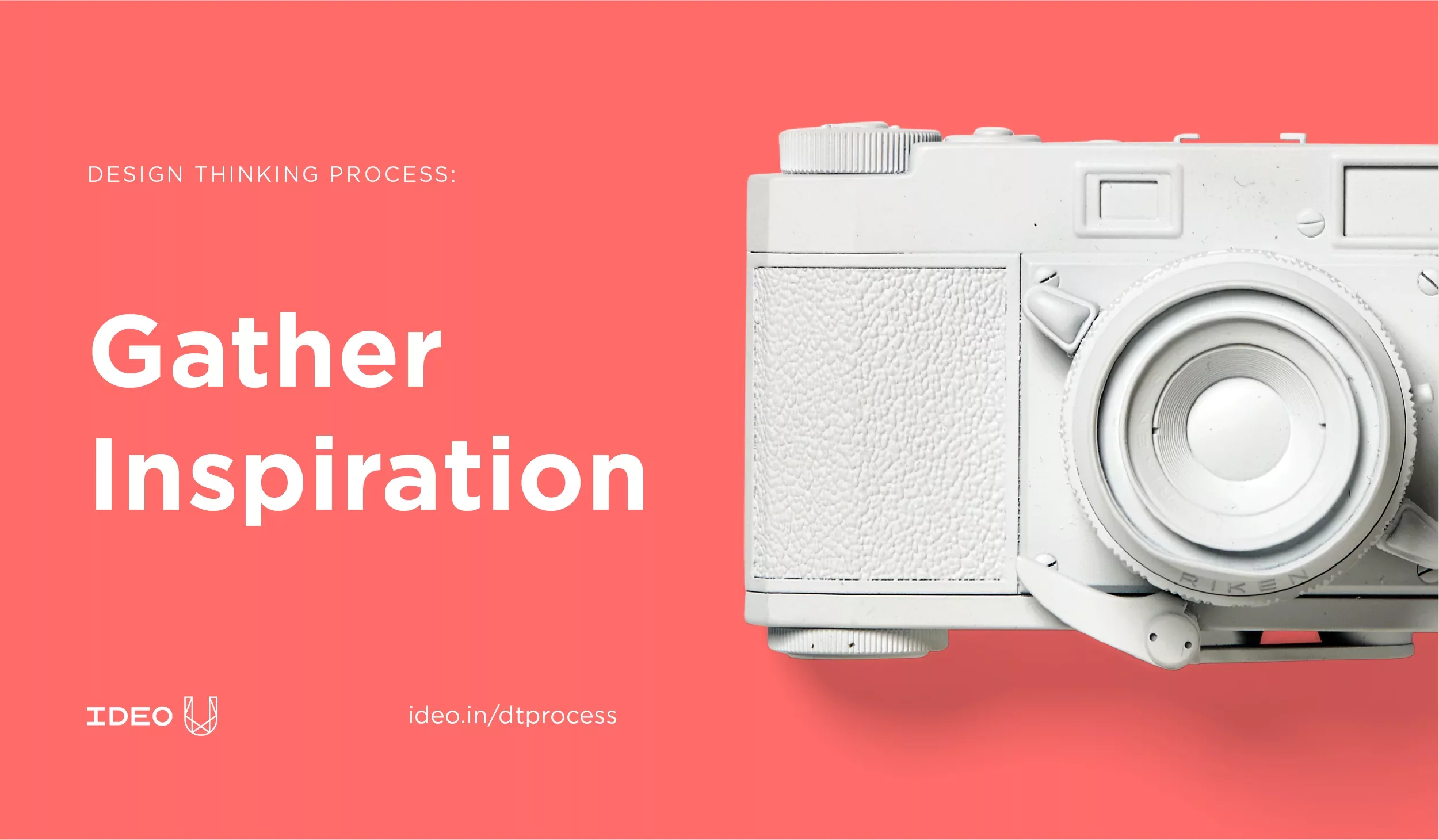
In order to create something of value for a target audience you must understand the target audience in depth and be inspired by their stories.
We agree when IDEO suggests that you do this through In-Depth Interviews, Focus Groups, Longitudinal Studies or Surveys.
Generate Ideas
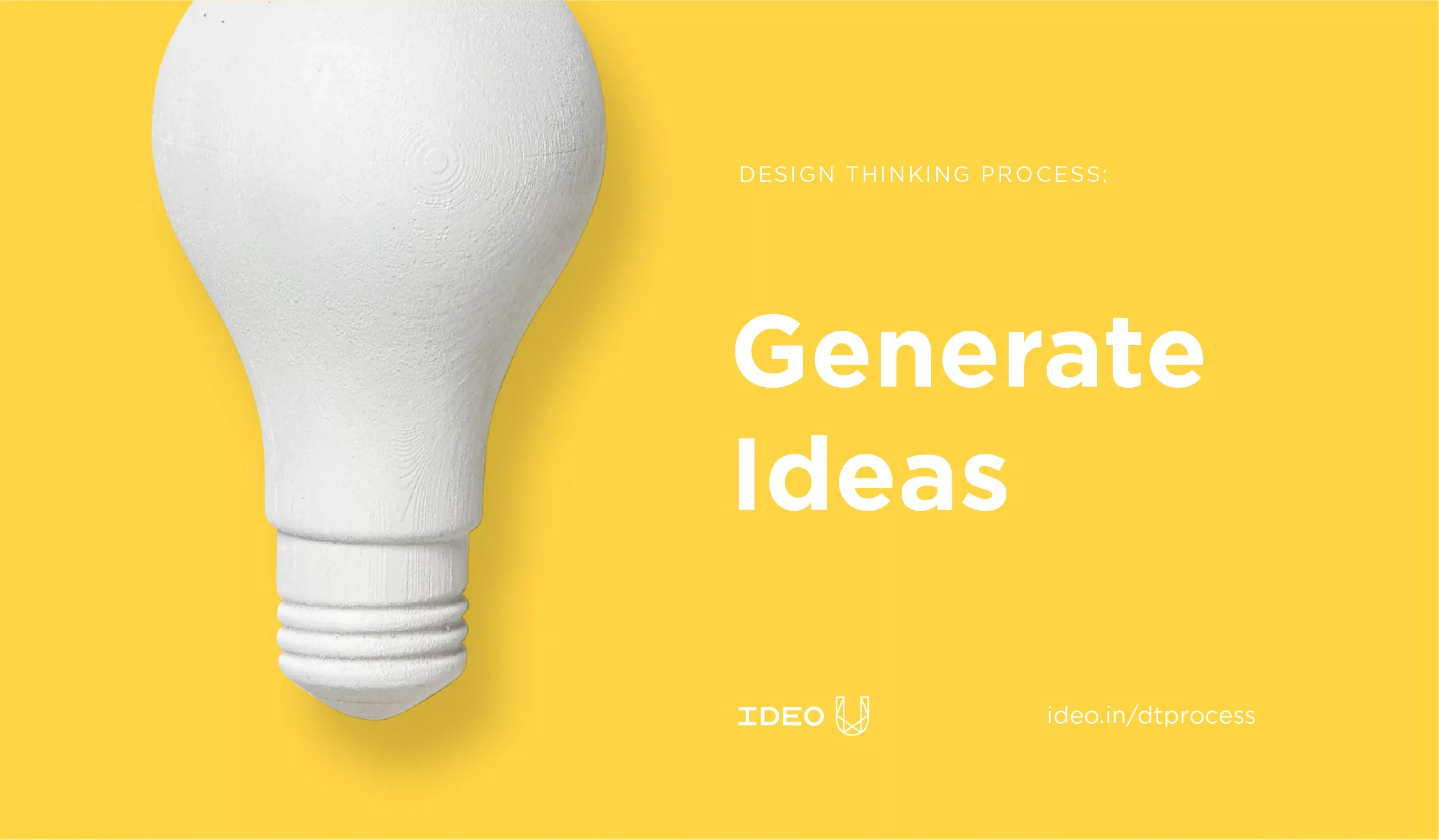
After gathering inspiration, IDEO suggests that you produce new ideas and explore all the possible solutions to a problem.
IDEO suggests that you employ divergent thinking in this process, which focuses on quantity over quality, prompting you to share ideas that might seem wild or unfeasible.
"Brilliant ideas often seem ridiculous"
Make Ideas Tangible
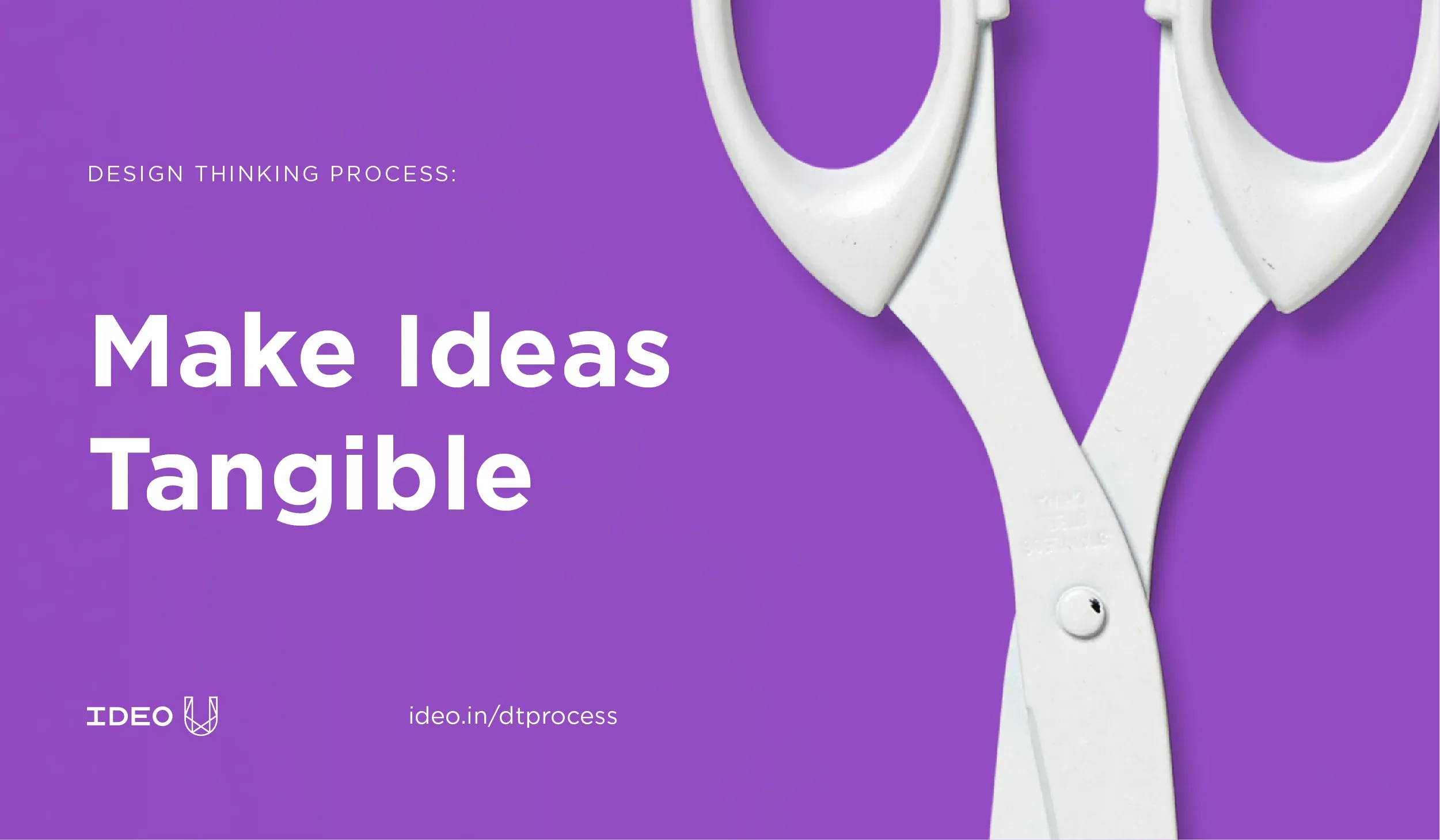
Prototyping is a great way to test features or ideas with individuals.
This can be done through surveys, sketches, videos, clickthrough prototypes, low fidelity prototypes or high fidelity prototypes.
Test to Learn
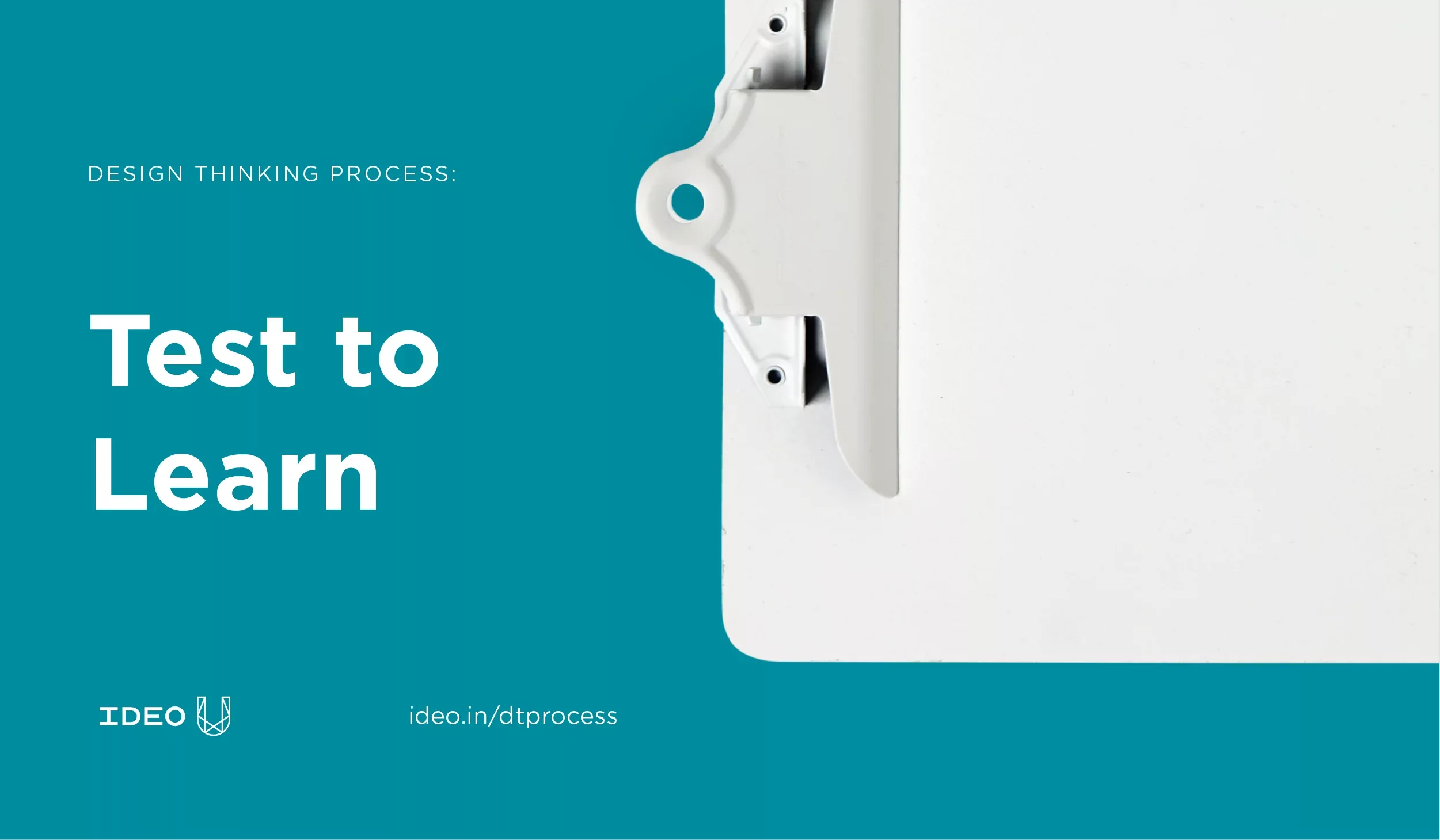
By testing your prototypes you can get real-world feedback on how a target audience would interact with the product, service or experience (i.e. a creation) and whether the creation delivers value.
When testing make sure that you have determined a way to streamline the results so you can get an honest view on the viability of an initiative.
Share the Story
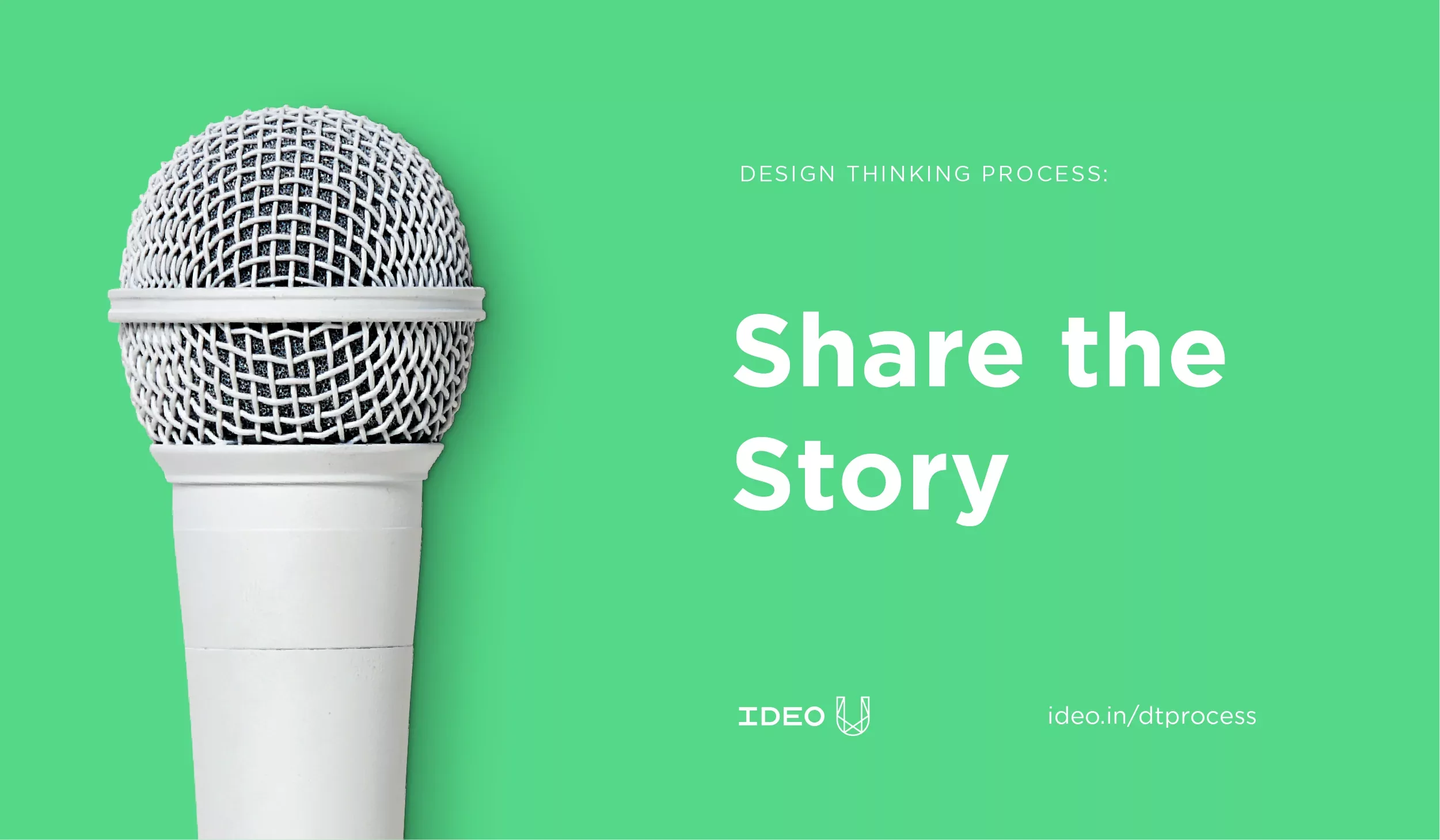
Once you have validated an idea, it is important to craft a story and share it with a client, colleague or customers.
Looking to learn more about different innovation models or our process?
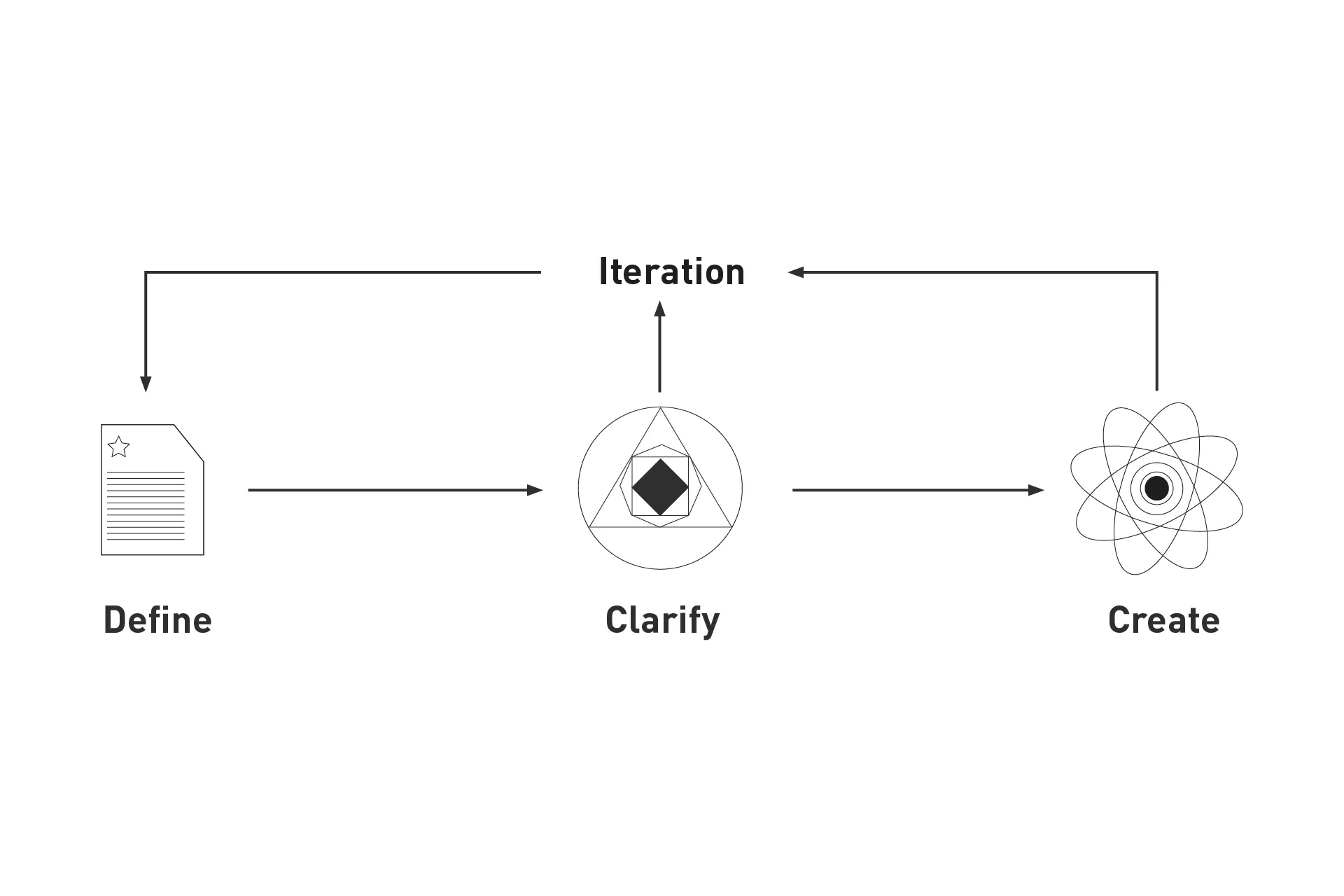
delasign's process
To learn more about different innovation models or about our process for creating products, services and experiences consult the links below.
Looking to learn more about Project Management, Design, Technology and Strategy?
Search our blog to find educational content on project management, design, development and strategy.
